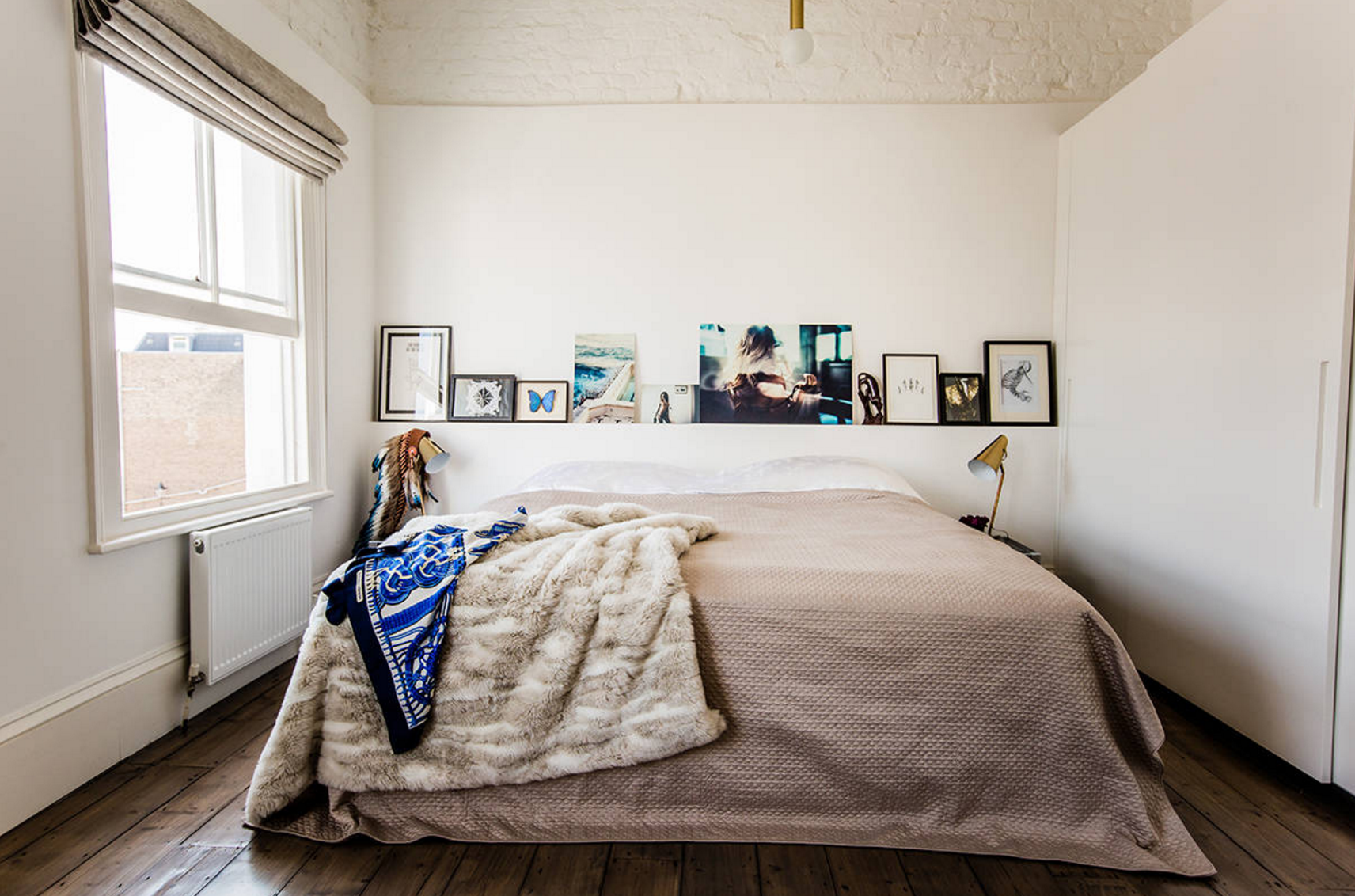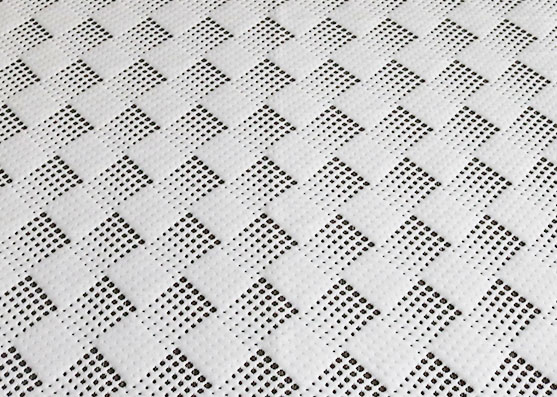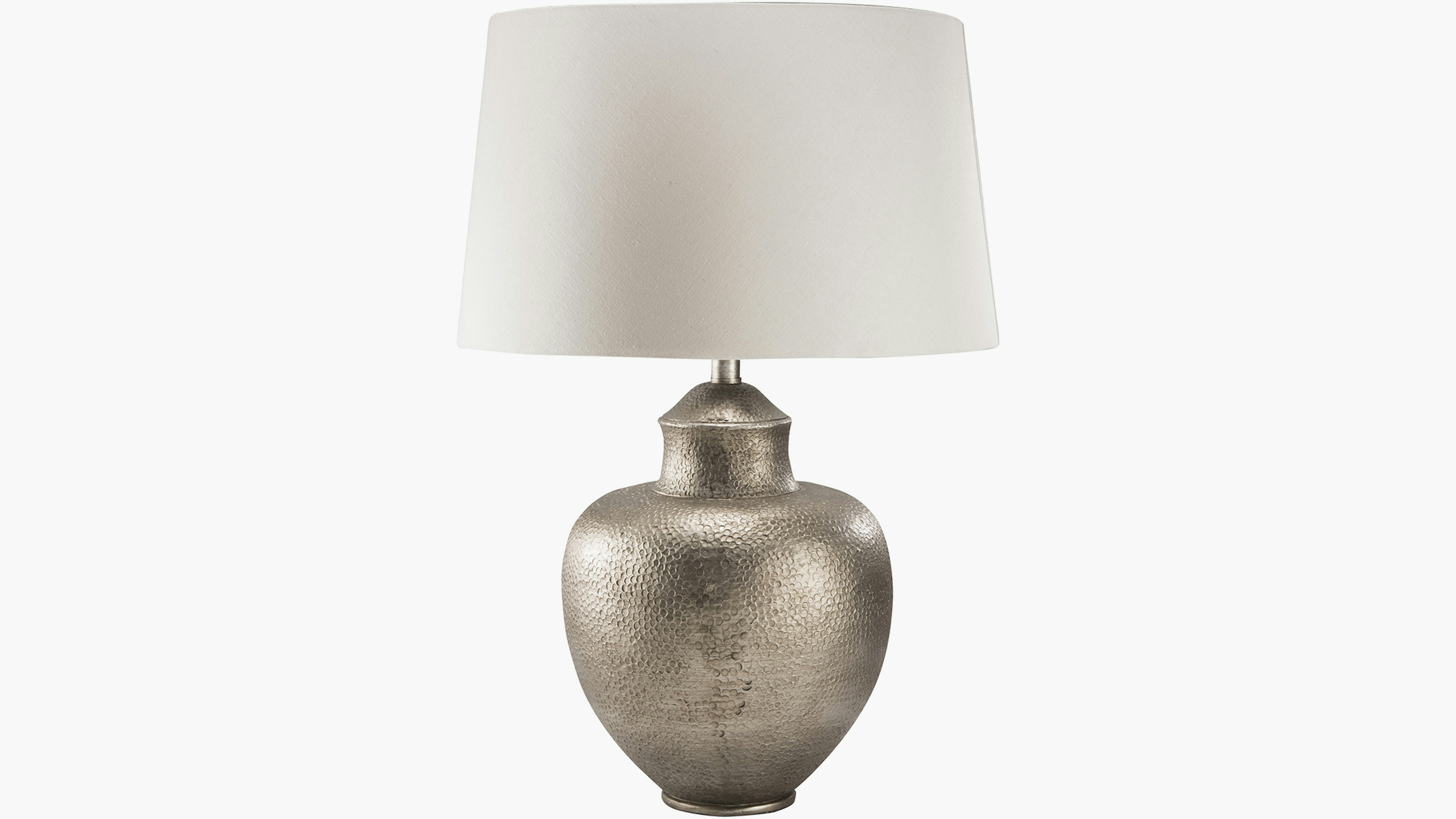Creating a well-designed kitchen involves more than just picking out stylish cabinets and appliances. In order to have a kitchen that is not only visually appealing but also functional and practical, there are certain components that need to be carefully considered. Here are the 10 main components of a well-designed kitchen.The Main Components of a Well-Designed Kitchen
The work triangle is the layout that connects the three main areas of the kitchen – the sink, stove and refrigerator – in a triangular shape. This design allows for efficient movement and workflow in the kitchen, making it easier to prepare meals and move between tasks quickly. It is important to ensure that the work triangle is not disrupted by any obstacles or obstructions.Incorporating the Work Triangle Layout
Counter space is an essential component of a well-designed kitchen. It provides a surface for food prep, storage and other kitchen tasks. It is important to have enough counter space to accommodate all your needs without feeling cramped or cluttered. This also means ensuring that there is enough counter space near the stove, sink and refrigerator for easy access.Ensuring an Adequate Amount of Counter Space
Storage space is a valuable asset in any kitchen. Good kitchen design involves maximizing storage space through the use of cabinets, shelves, drawers and other organizational tools. This not only helps keep the kitchen organized and clutter-free, but also allows for better accessibility and functionality.Maximizing Storage Space
When designing a kitchen, it is important to consider the placement of appliances and fixtures. For example, the sink and dishwasher should be placed near each other for easy cleanup, and the stove and refrigerator should not be too far apart from one another. This ensures efficiency and ease of use in the kitchen.Properly Positioning Appliances and Fixtures
The kitchen is a high-traffic area that is subjected to a lot of wear and tear. Therefore, it is crucial to choose materials that are not only visually appealing, but also durable and of high quality. This will ensure that your kitchen stands the test of time and maintains its functionality and aesthetic appeal.Choosing Durable and High-Quality Materials
Lighting and ventilation are often overlooked in kitchen design, but they can make a big difference in the overall look and feel of a kitchen. Good lighting, both natural and artificial, can make the space appear brighter and more inviting. Adequate ventilation is also important in order to keep the kitchen free of odors and steam.Incorporating Proper Lighting and Ventilation
While it may be tempting to focus solely on the design and aesthetic appeal of a kitchen, it is important to also consider functionality and practicality. A well-designed kitchen should not only look good, but also make daily tasks and routines easier and more efficient.Keeping the Design Functional and Practical
A good kitchen design should be cohesive and visually pleasing. This means that all components, including colors, materials, and styles, should work together to create a harmonious and attractive space. It is important to choose a design that reflects your personal style and preferences, while also being practical and functional.Creating a Cohesive and Aesthetically Pleasing Design
When designing a kitchen, it is important to ensure that all building codes and safety regulations are followed. This includes proper placement and ventilation of appliances, as well as ensuring that electrical and plumbing fixtures are installed correctly. Safety should always be a top consideration in kitchen design.Adhering to Building Codes and Safety Regulations
The Importance of Good Kitchen Design

Kitchen as the Heart of the Home
 The kitchen is often considered as the heart of the home. It is where families gather to cook and share meals, where friends gather for parties and where individuals find comfort in preparing their favorite foods. With such an important role in our homes, it is imperative to have a good kitchen design that not only meets our functional needs but also reflects our personal style and enhances the overall aesthetics of our living space.
Kitchen Layout and Traffic Flow
One of the most important rules of good kitchen design is to have a well-thought-out layout. The placement of cabinets, appliances, and work areas must be carefully considered to ensure a smooth flow of traffic in the kitchen. Busy kitchens require an efficient layout to minimize the movement of people and maximize the ease of preparing and cooking meals. The
work triangle
concept, which creates an imaginary line between the sink, stove, and refrigerator, is still considered one of the most effective layouts for a functional kitchen.
The kitchen is often considered as the heart of the home. It is where families gather to cook and share meals, where friends gather for parties and where individuals find comfort in preparing their favorite foods. With such an important role in our homes, it is imperative to have a good kitchen design that not only meets our functional needs but also reflects our personal style and enhances the overall aesthetics of our living space.
Kitchen Layout and Traffic Flow
One of the most important rules of good kitchen design is to have a well-thought-out layout. The placement of cabinets, appliances, and work areas must be carefully considered to ensure a smooth flow of traffic in the kitchen. Busy kitchens require an efficient layout to minimize the movement of people and maximize the ease of preparing and cooking meals. The
work triangle
concept, which creates an imaginary line between the sink, stove, and refrigerator, is still considered one of the most effective layouts for a functional kitchen.
Optimizing Storage
 Cluttered countertops can make even the most beautiful kitchen look messy and uninviting. As such, good kitchen design should incorporate ample storage solutions to keep all the essential items easily accessible but also out of sight. This can be achieved through creative cabinet designs, such as pull-out shelves, vertical dividers, and deep drawers. Utilizing underutilized spaces, like the area above cabinets or under the island, can also add valuable storage space in the kitchen.
Lighting and Ventilation
A well-designed kitchen must also have proper lighting and ventilation. Adequate lighting is essential for food preparation, as well as creating ambiance and highlighting design elements. Natural light is always preferred, so incorporating large windows or skylights is highly recommended. In terms of ventilation, a good kitchen design should include options for both natural ventilation, like windows, and mechanical ventilation, such as range hoods. This not only helps to remove cooking odors and steam but also improves air quality in the kitchen.
In conclusion, a well-designed kitchen can make a significant impact on the functionality, aesthetics, and overall value of a home. By following the rules of good kitchen design, such as considering layout and traffic flow, optimizing storage, and incorporating proper lighting and ventilation, homeowners can create the kitchen of their dreams that is not only visually appealing but also meets their practical needs.
Cluttered countertops can make even the most beautiful kitchen look messy and uninviting. As such, good kitchen design should incorporate ample storage solutions to keep all the essential items easily accessible but also out of sight. This can be achieved through creative cabinet designs, such as pull-out shelves, vertical dividers, and deep drawers. Utilizing underutilized spaces, like the area above cabinets or under the island, can also add valuable storage space in the kitchen.
Lighting and Ventilation
A well-designed kitchen must also have proper lighting and ventilation. Adequate lighting is essential for food preparation, as well as creating ambiance and highlighting design elements. Natural light is always preferred, so incorporating large windows or skylights is highly recommended. In terms of ventilation, a good kitchen design should include options for both natural ventilation, like windows, and mechanical ventilation, such as range hoods. This not only helps to remove cooking odors and steam but also improves air quality in the kitchen.
In conclusion, a well-designed kitchen can make a significant impact on the functionality, aesthetics, and overall value of a home. By following the rules of good kitchen design, such as considering layout and traffic flow, optimizing storage, and incorporating proper lighting and ventilation, homeowners can create the kitchen of their dreams that is not only visually appealing but also meets their practical needs.


































































































